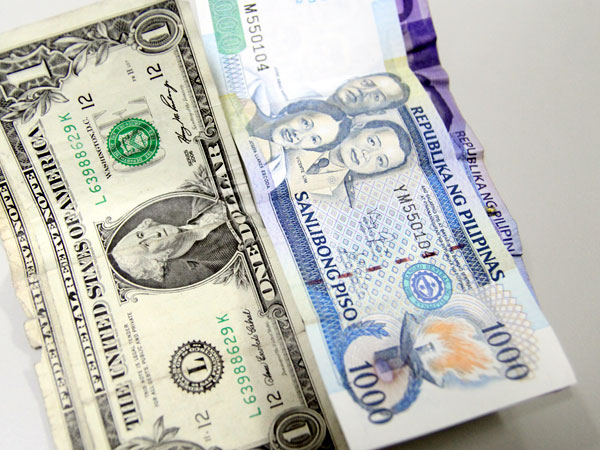PH markets brace for higher interest rates
Local monetary authorities are bracing for a storm that has been brewing for nearly two years.
Conditions for an interest rate hike in the United States—the first in nearly a decade—are “approaching,” the Federal Reserve, America’s central bank, said in a new report this week.
“There could be volatilities… right now, our position is defensive,” BDO chief market strategist Jonathan Ravelas said Thursday.
Officials of the Federal Open Market Committee (FOMC), the US Fed’s policymaking body, said economic indicators that would trigger a rate hike had not yet been achieved, but conditions were steadily approaching that point.
A rate hike in the US would signal the end of ultra-cheap monetary conditions that were in response and have prevailed since the height of the 2008 global financial crisis.
As a precursor to tightening policy settings, the US Fed last year slowly tapered and ended its monthly bond-buying program called quantitative easing, which was first implemented to stimulate the flagging American economy.
Bangko Sentral ng Pilipinas (BSP) Governor Amando M. Tetangco Jr. said the local currency might be the first to be hit by the volatile conditions that the US rate hike would trigger.
“This is important for small, open economies like the Philippines that are essentially price-takers in this game,” Tetangco said in a statement to reporters on Thursday. “The BSP will continue to watch signals if there is need to tweet the policy stance,” he said.
Higher rates in the US are expected to result in capital outflows from countries like the Philippines. Investors that kept money in emerging markets, where yields were better, are expected to move back to the US amid improving returns.
Tetangco said the BSP would monitor the market’s response to shifts in global investor preference away from emerging markets.
“As I see it, policy settings are still appropriately calibrated, and we can continue to allow the foreign exchange rate to respond to market conditions,” he said.
On Thursday, the peso closed at its intra-day low of P46.50:$1, the lowest in five years, from 46.35:$1 the day before. The peso opened at 46.28:$1 before reaching a high of 45.265:$1 early in the session. Volume rose to $699.70 million from $555.5 million.
The BSP’s main goal is to keep prices stable to protect consumers’ purchasing power. Closely linked to this goal is the peso’s value, which influences price of imported commodities like fuel, affects the cost of foreign debt payments, and the country’s money supply due to the flow of dollars through the economy.

